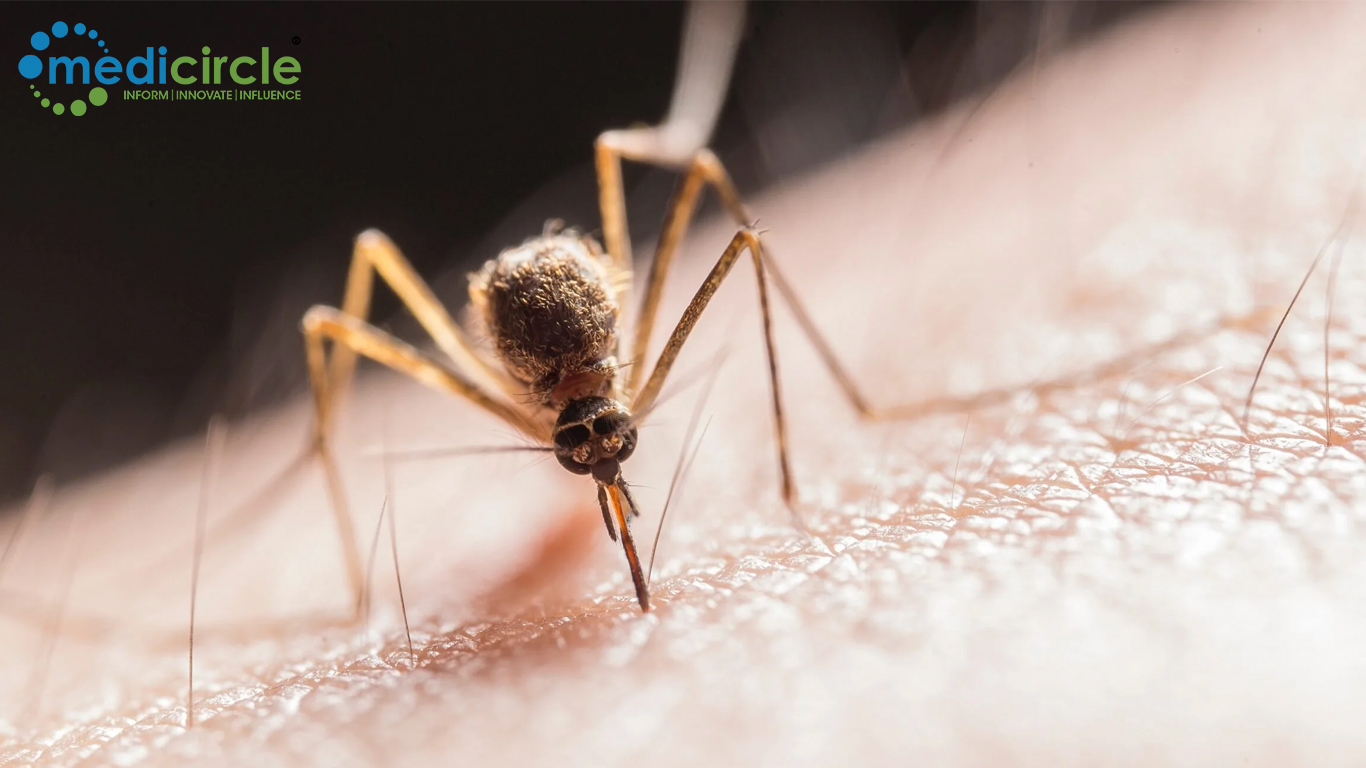In 2024, India faced a resurgence of a deadly viral disease that had not seen such a large-scale outbreak in over two decades. The Chandipura virus, a relatively lesser-known but dangerous virus endemic to India, has resurfaced with a vengeance. From early June to mid-August, the country experienced an alarming rise in cases of acute encephalitis syndrome (AES), leading to significant concerns from health authorities and experts.
The Chandipura virus outbreak of 2024 has been officially recognized by the World Health Organization (WHO) as the largest in the past 20 years. The Union Health Ministry has reported a total of 245 cases of AES during this period, tragically resulting in 82 deaths. The overall case fatality rate stands at a staggering 33%, reflecting the virus's lethality. Out of these cases, 64 were confirmed as Chandipura virus infections, marking this as a critical public health emergency in India.
Acute encephalitis syndrome (AES) is a serious neurological condition characterized by inflammation of the brain. It typically presents with symptoms such as sudden fever, altered mental status, confusion, disorientation, and in severe cases, coma. Additionally, individuals may experience seizures, irritability, vomiting, and personality changes. AES can be life-threatening and requires immediate medical attention.
The Chandipura virus is one of the known causes of AES in India, particularly during the monsoon season. This virus is a member of the Rhabdoviridae family, and it has been linked to previous outbreaks in India, particularly in the western, central, and southern regions of the country. The virus is transmitted primarily by insect vectors, including sandflies, mosquitoes, and ticks.
What makes the Chandipura virus particularly concerning is its high case-fatality rate. Estimates suggest that this rate can range from 56% to 75%, making it one of the deadliest viruses in India. This year's outbreak has once again highlighted the virus's ability to cause widespread devastation, especially in vulnerable populations.
Unfortunately, there is currently no specific antiviral treatment or vaccine available for the Chandipura virus. This lack of targeted treatment options highlights the importance of early detection and intensive supportive care to manage the disease. As a result, public health efforts have focused on preventing the virus's transmission and providing timely medical interventions to those affected.
The majority of the cases in the 2024 outbreak have been reported in Gujarat, with 61 confirmed cases. In addition, three cases were identified in the neighboring state of Rajasthan. These regions, known for their monsoon conditions and the prevalence of vector-borne diseases, have been particularly hard-hit by the Chandipura virus.
The monsoon season creates ideal breeding conditions for sandflies, mosquitoes, and ticks, which are the primary vectors for transmitting the Chandipura virus. The increased populations of these vectors, combined with poor housing and sanitation conditions in some areas, have contributed to the rapid spread of the virus. While no human-to-human transmission has been reported, the risk of further spread remains a pressing concern for health authorities.
The World Health Organization (WHO) has emphasized the need for preventive measures to control the spread of the Chandipura virus. Since the virus is transmitted by insect vectors, protecting against bites from sandflies, mosquitoes, and ticks is crucial in preventing infection. This includes using insect repellents, wearing protective clothing, and installing mosquito nets in affected areas.
In addition to personal protection measures, improving housing and sanitation conditions is essential. Poor waste management and open sewerage systems can create breeding sites for sandflies and other vectors, increasing the risk of transmission. By addressing these environmental factors, communities can reduce their exposure to the virus and prevent future outbreaks.
Since July 19, health officials have observed a decline in new cases of AES, offering a glimmer of hope amidst the ongoing outbreak. While this decrease in cases is encouraging, experts caution that it is too early to declare victory. The situation remains fluid, and continued vigilance is necessary to prevent a resurgence of the virus.
As the outbreak continues to unfold, healthcare authorities are working to strengthen the response to the Chandipura virus. Key strategies include increasing awareness of the virus, improving diagnosis, and ensuring that healthcare workers are adequately trained to manage cases of AES. By educating high-risk populations, particularly children under the age of 15, on the symptoms of the disease, health authorities hope to reduce the spread and impact of the virus.
Moreover, providing access to supportive care, such as standard encephalitis management protocols, is essential for those affected by the Chandipura virus. While there may be no specific treatment, timely medical interventions can significantly improve outcomes for patients. The establishment of specialized care facilities in affected regions can help manage the influx of cases and provide the necessary support to those in need.
The outbreak has emerged as a significant public health challenge for India. With the largest outbreak in two decades and a high case-fatality rate, the virus has once again demonstrated its potential to cause widespread harm, particularly in regions prone to vector-borne diseases. The response to this outbreak will require a coordinated effort from health authorities, communities, and individuals to prevent further transmission and provide care to those affected.
While the decline in new cases offers hope, the fight against the Chandipura virus is far from over. Continued preventive measures, public education, and improvements in healthcare infrastructure will be essential in controlling the outbreak and preventing future crises. As India navigates this latest health challenge, the lessons learned from this outbreak will be critical in shaping the country's future response to vector-borne diseases and protecting public health.

 What makes the Chandipura virus particularly concerning is its high case-fatality rate. Estimates suggest that this rate can range from 56% to 75%, making it one of the deadliest viruses in India.
What makes the Chandipura virus particularly concerning is its high case-fatality rate. Estimates suggest that this rate can range from 56% to 75%, making it one of the deadliest viruses in India.










.jpeg)













.jpg)
.jpeg)





